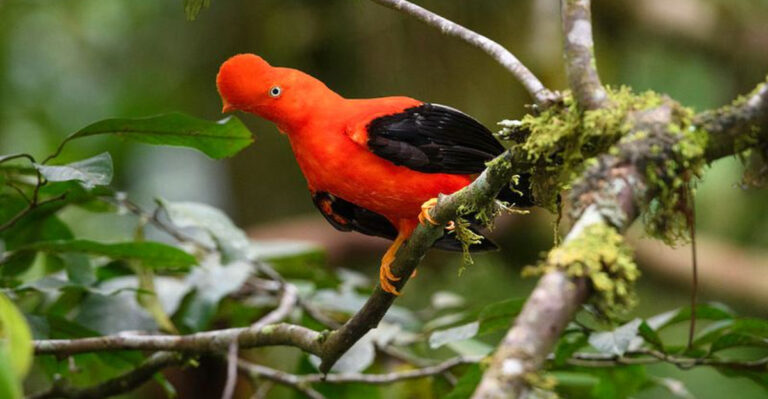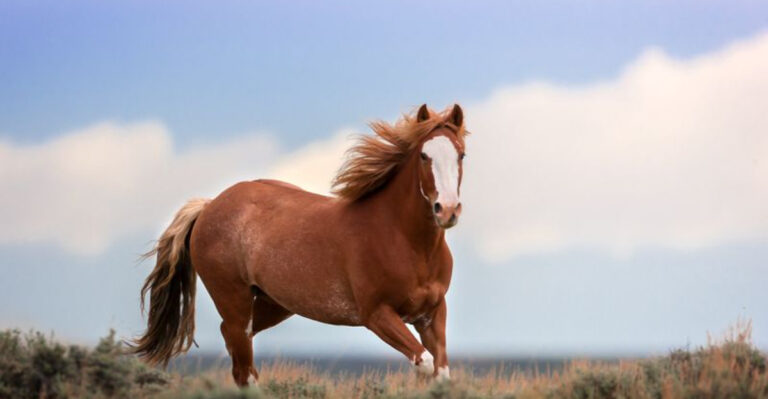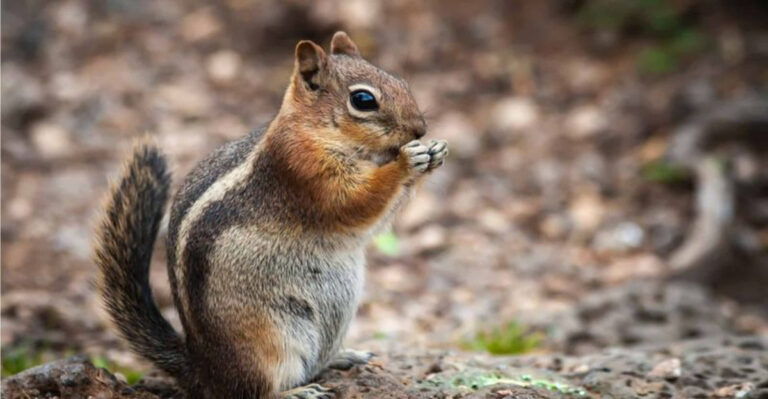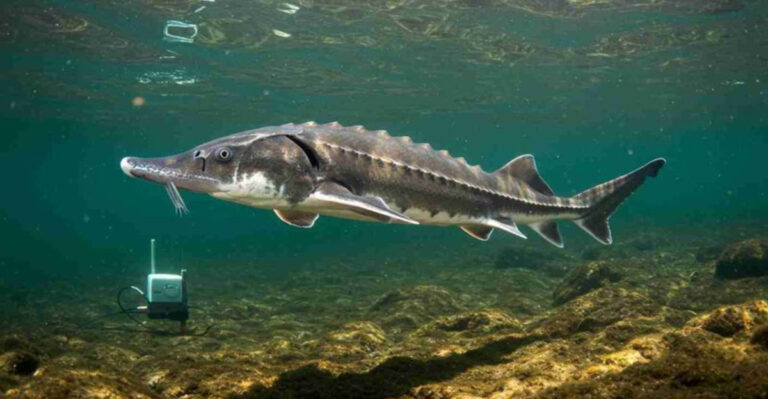The Most Complete Stegosaurus Skull Ever Discovered Rewrites History
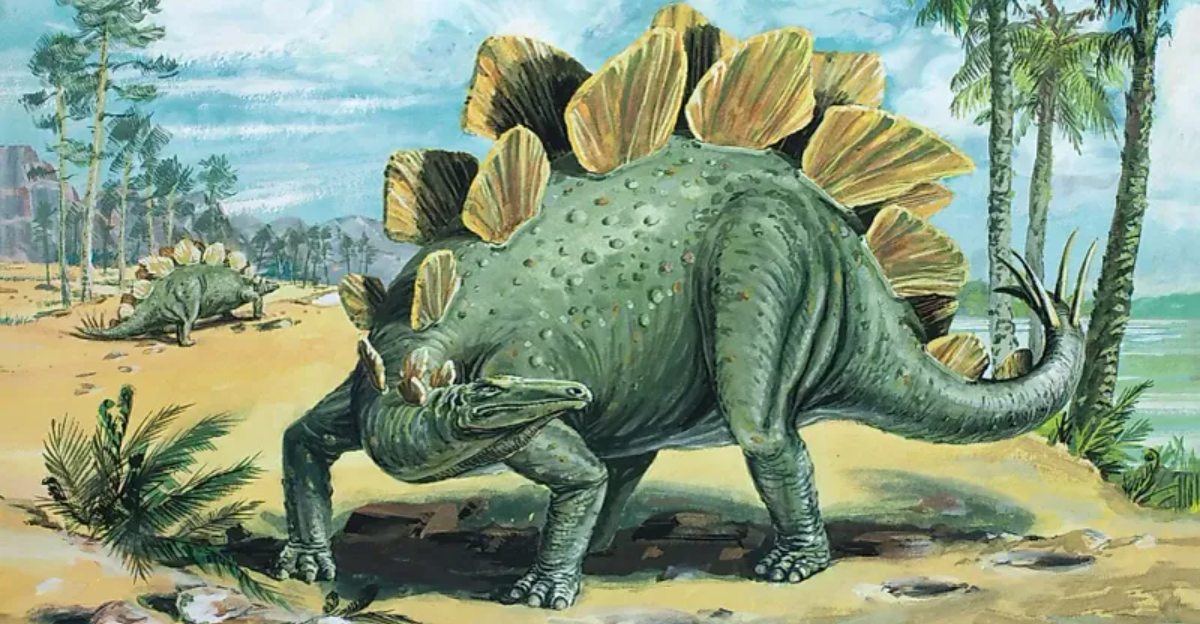
Hidden beneath layers of ancient soil in northeastern Spain, paleontologists uncovered a treasure that has dinosaur experts buzzing with excitement.
This remarkably complete Stegosaurus skull, belonging to the Dacentrurus armatus species, offers unprecedented details about these plate-backed giants.
The 150-million-year-old fossil is challenging everything we thought we knew about these fascinating prehistoric creatures.
1. Skull Found In Northeastern Spain
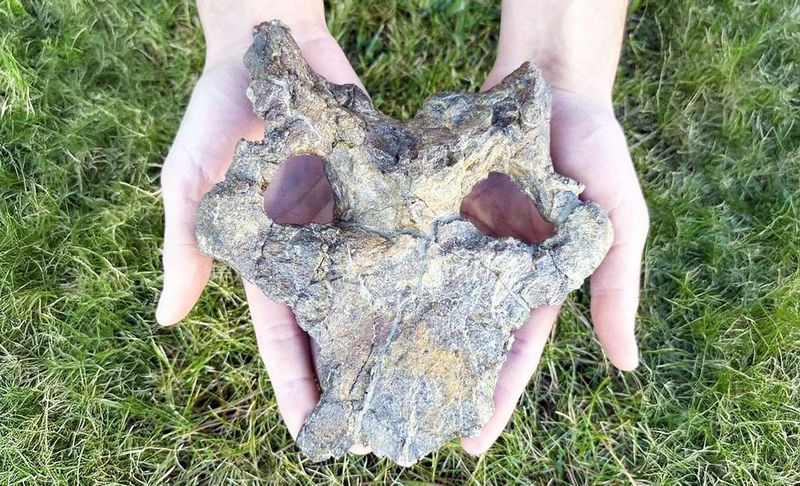
Imagine stumbling upon a relic from Earth’s distant past while hiking through the rugged terrain of northeastern Spain! Local fossil hunters initially spotted bone fragments peeking through eroded hillside soil after heavy rainfall.
Scientists quickly realized they had something extraordinary on their hands – perhaps the most significant Stegosaurus find in decades.
2. Belongs To Dacentrurus Armatus Species

Not your average Stegosaurus! This skull belongs to Dacentrurus armatus, a European cousin of the more famous American Stegosaurus stenops we typically see in museums.
Sporting distinctive anatomical features, Dacentrurus had differently shaped armor plates and a more elongated skull structure. European stegosaurs evolved unique adaptations to their specific environments.
3. Dates Back 150 Million Years
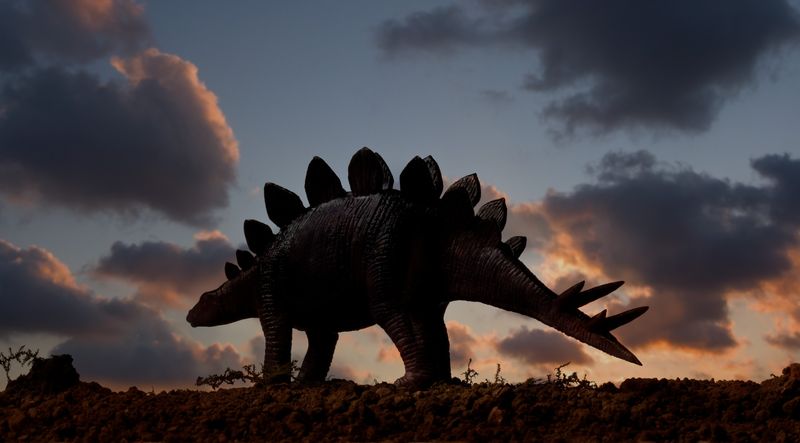
Talk about old! This fossil time-travels us back to the Late Jurassic period, approximately 150 million years ago. Earth looked dramatically different then – continents were still merging, and dinosaurs ruled supreme.
The skull’s exceptional preservation gives us a crystal-clear window into this ancient time. Mineral replacement preserved even delicate structures normally lost to time.
4. Discovered In Fossil-Rich Teruel Province
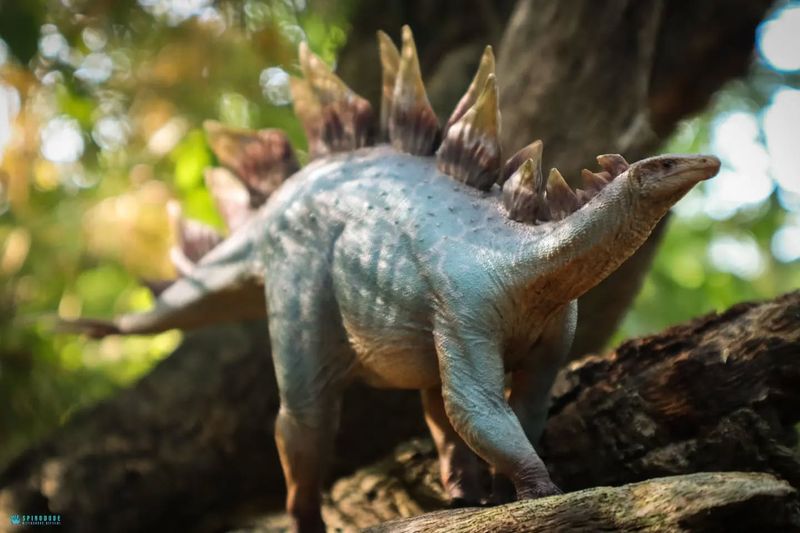
Teruel Province hides prehistoric treasures like no other place in Europe! This Spanish region boasts an extraordinary concentration of Late Jurassic fossils thanks to its unique geological history.
Ancient river systems and floodplains created perfect conditions for rapid burial and preservation. Paleontologists have dubbed the area “Dinosaur Alley” for its remarkable fossil density.
5. Includes Snout And Braincase Structures
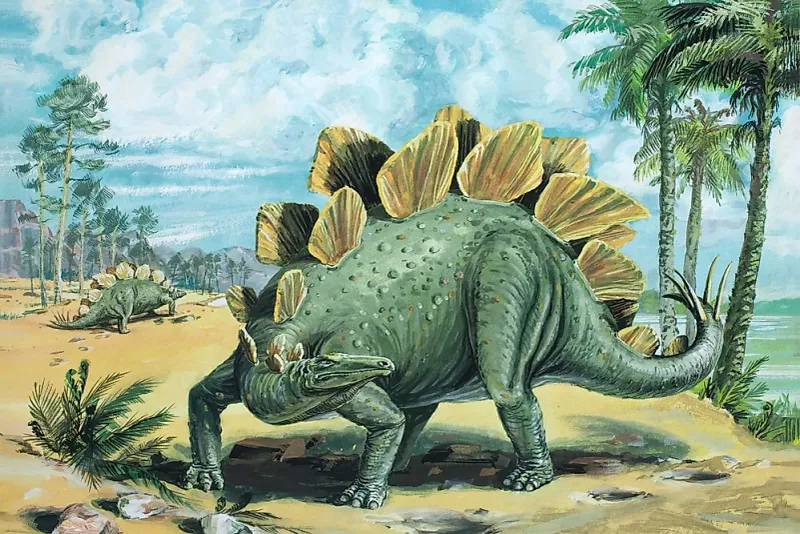
What makes this skull truly groundbreaking? For the first time ever, scientists can examine a complete stegosaur snout and braincase together! Previous specimens were fragmentary, offering only puzzle pieces of anatomy.
The intact nasal passages reveal sophisticated air-cooling systems we never knew existed. Sensory nerve channels suggest these dinosaurs had remarkably sensitive faces.
6. Offers Unmatched Anatomical Detail
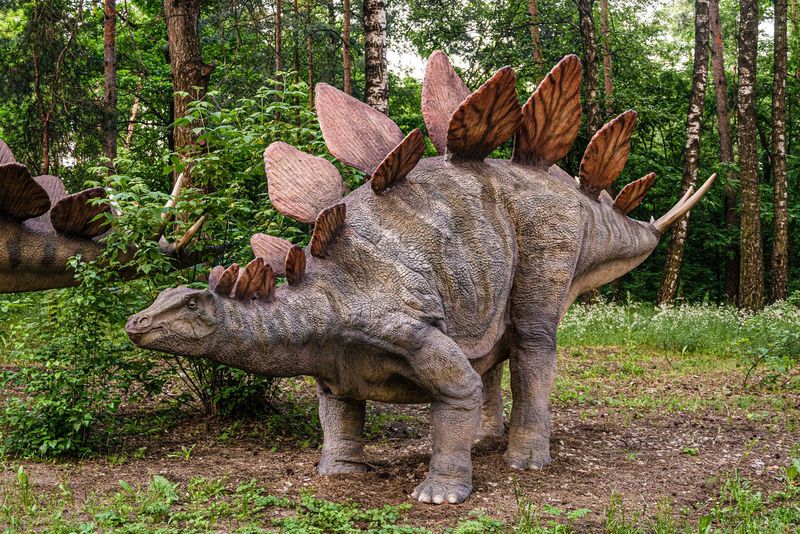
Microscopic structures preserved in this fossil are blowing scientists’ minds! Using advanced CT scanning technology, researchers identified tiny blood vessel pathways and even imprints of soft tissues never before seen.
The skull’s bite mechanics can now be accurately modeled. Tooth wear patterns suggest these plant-eaters processed tougher vegetation than previously thought, completely changing our understanding of their diet.
7. Reveals Evolutionary Links Among Stegosaurs
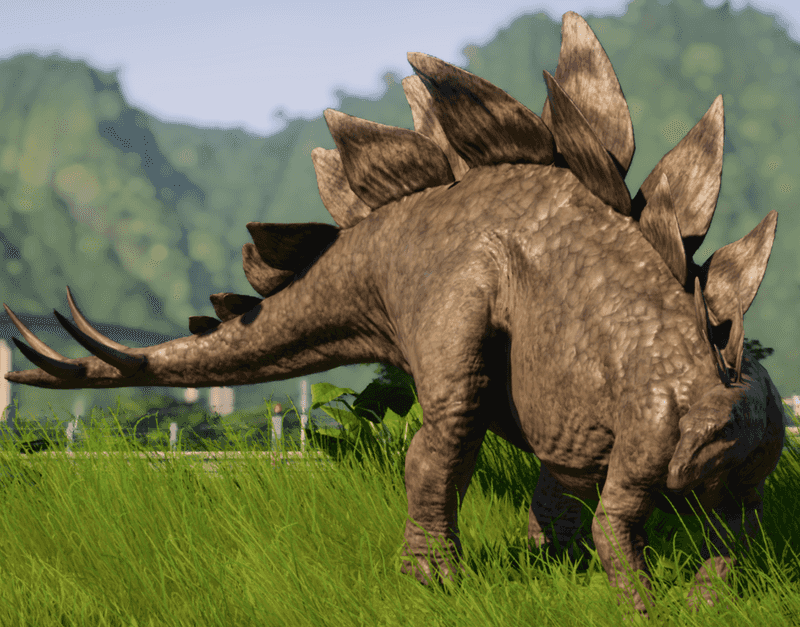
Family trees are getting redrawn thanks to this remarkable skull! Certain anatomical features bridge the gap between earlier and later stegosaur species, suggesting a more complex evolutionary history than previously understood.
The skull shows surprising similarities to Asian stegosaurs. This indicates these dinosaurs migrated across ancient land bridges, exchanging genetic material across continents throughout their evolutionary history.
8. Juvenile Bones Found Alongside Skull
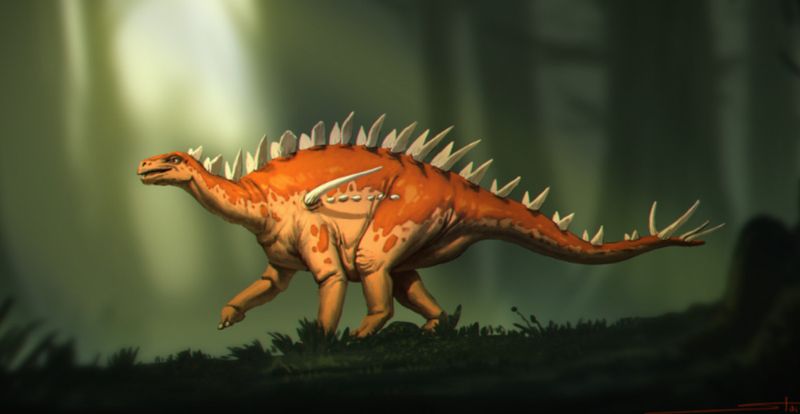
Surprise bonus! The excavation site yielded not just an adult skull but also juvenile stegosaur remains nearby. This extraordinary find suggests possible family group behavior never before documented in these dinosaurs. Growth rings in the juvenile bones indicate seasonal changes affected development. The proximity of different-aged individuals challenges the long-held belief that stegosaurs were primarily solitary creatures.
9. Sheds Light On Dinosaur Growth Patterns
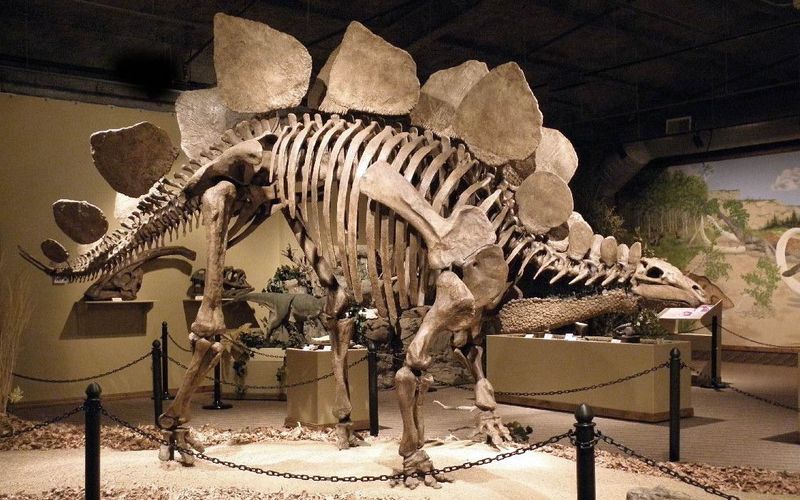
Growing up dinosaur-style! Comparing the adult skull with juvenile remains reveals fascinating growth patterns. Young stegosaurs had proportionally larger eyes and shorter snouts – adaptations that likely helped them navigate their dangerous world.
Brain cavity measurements suggest faster early development followed by slower growth. This growth strategy resembles modern reptiles more than birds, reshaping theories about dinosaur metabolism.
10. Suggests Unique European Adaptations
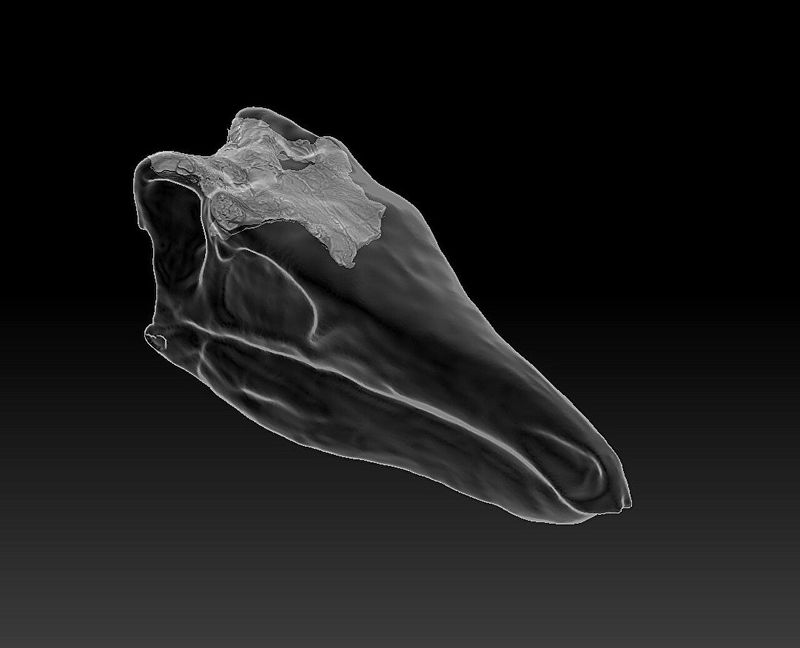
European flair in the dinosaur world! The skull’s distinctive features point to specialized adaptations unique to European stegosaurs, suggesting they evolved differently from their American relatives. Jaw mechanics indicate more efficient processing of the tough, fibrous plants that dominated European landscapes.
Larger nasal cavities might have helped these dinosaurs survive in the more seasonal European climate of the Late Jurassic.

